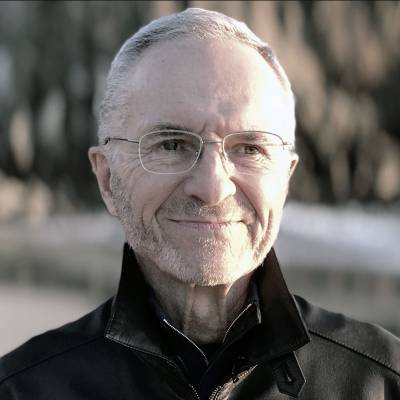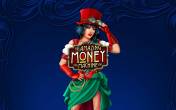
Edward Thorp
Childhood
Born on August 14, 1932, in Chicago, Edward Thorp moved to Southern California as a child. A prodigy in science, he became one of the youngest amateur radio operators at age 12. His academic prowess earned him scholarships, and he even met President Truman after winning a chemistry competition. Thorp initially attended UC Berkeley but transferred to UCLA, where he earned a degree in physics and later a Ph.D. in mathematics.
Career
Thorp’s career spanned academia, gambling, and finance:
- 1959–1961: Taught at MIT, where he met Claude Shannon.
- 1961–1965: Professor at New Mexico State University.
- 1965–1982: Joined UC Irvine as a professor of mathematics and later finance.
Blackjack Revolution
Thorp’s fascination with probability led him to study blackjack. Using an IBM 704 computer, he developed the first mathematically proven card-counting system, detailed in his 1962 book Beat the Dealer. His methods turned blackjack into a beatable game, forcing casinos to change rules (e.g., frequent shuffling).
Wearable Computer & Roulette
With Claude Shannon, Thorp created the first wearable computer to predict roulette outcomes—a groundbreaking (and now illegal) innovation. Hedge Funds & Stock Market Success Thorp applied his mathematical models to finance, founding:
Princeton/Newport Partners (1969–1989) – Market-neutral strategies.
Ridgeline Partners (1994–2002) – Statistical arbitrage.
His personal investments reportedly yielded a 20% annual return over 28.5 years.
Personal life
Thorp married Vivian in 1956. He balanced academia with gambling experiments, often using disguises (fake beards, glasses) to avoid casino detection.
Revenue
While exact figures are undisclosed, Thorp’s hedge funds and gambling successes made him a multimillionaire. His books, notably Beat the Dealer, sold over 700,000 copies.
Interesting facts
- The first wearable computer (with Shannon) was tested in 1961.
- Exposed Bernie Madoff’s fraud in 1991—17 years before the scandal broke.
-
Inducted into the Blackjack Hall of Fame as an inaugural member.
Legacy
- Thorp’s w2025
- s continue to influence gamblers and investors.
Frequently asked Questions
Yes. Using probability theory and card counting, Thorp proved blackjack could be beaten, winning $11,000 in a single weekend during early tests.
No, but casinos ban players who do it. Thorp’s success led to countermeasures like frequent shuffling.
One person inputted roulette wheel speed via toe taps; another received signals through an earpiece to predict winning numbers.
His hedge funds, particularly Princeton/Newport, achieved consistent high returns using quantitative strategies.
Yes, including Beat the Market (1967) and A Man for All Markets (2017), an autobiography.



































